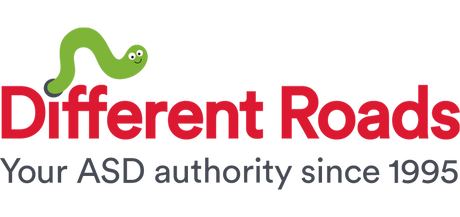There are many things that I would love to change about the treatment of individuals with Autism Spectrum Disorder. One of them is the notion that all kids with ASD are motivated by the same things. Certainly, some kids with autism love light up toys, squeezes, or music, but that’s true of the population at large. After all, I am mesmerized by Christmas lights, love a good head massage, and have songs I listen to on repeat.
The issue with the assumption that all kids with ASD are motivated by these small number of things is that it can lead to some very specific problems, such as practitioners trying out a smaller number of toys or activities with the child, practitioners depending solely on “sensory toys” for reinforcers instead of working to expand the number of reinforcers a child responds to, or the larger community making assumptions about the preferences of the child. Furthermore, there is evidence that the broader the range of reinforcers is for a child, the better the learning outcomes (Klintwall & Eikeseth, 2012.) Failing to think beyond the stereotypes about the interests of kids with ASD impedes their ability to learn and develop new skills.
The children I’ve worked with over the years have varied interests, ranging from dinosaurs and maps to bean bag toss and board games. And while some of the kids I work with love light up toys or trains, it’s important that we don’t take a whole swath of the population and decide that they all have similar interests. It doesn’t serve their skill development or our potential to develop real relationships with people with ASD.
As a practitioner, here are some important questions to ask yourself in relation to reinforcers and developing interests:
• Have you conducted a preference assessment? This should be one of the first things you do whenever you start a new case, and something you should continue to do informally.
• Have you talked to the client and/or the parents about what interests they would like to develop? If the client is able to discuss goals and interests with you, you should definitely be having that conversation with them. You should also talk to the parents about their goals. Perhaps they have seen some interest in one area that they would like to further develop. It’s also possible that there are specific family activities or traditions they would like their child to enjoy with the family.
• Have you read about this topic? A great place to start is Chapter 3 of the book A Work in Progress. It clearly explains how to use reinforcers and expand the reinforcer repertoire. There is also a ton of research out there about reinforcement. Take the time to search journals such as Journal of Applied Behavior Analysis and Journal of Developmental Disabilities.
Klintwall, L., & Eikeseth, S. (2012). Number and controllability of reinforcers as predictors of individual outcome for children with autism receiving early and intensive behavioral intervention: A preliminary study. Research in Autism Spectrum Disorders, 6(1), 493-499.
McEachin, J. & Leaf, R. B. (1999). A work in progress: Behavior management strategies and a curriculum for intensive behavioral treatment of autism. New York: DRL Books.
Sam Blanco, PhD, LBA, BCBA is an ABA provider for students ages 3-15 in NYC. Working in education for sixteen years with students with Autism Spectrum Disorders and other developmental delays, Sam utilizes strategies for achieving a multitude of academic, behavior, and social goals. She is also an assistant professor in the ABA program at The Sage Colleges, and she is the Senior Clinical Strategist at Chorus Software Solutions.
